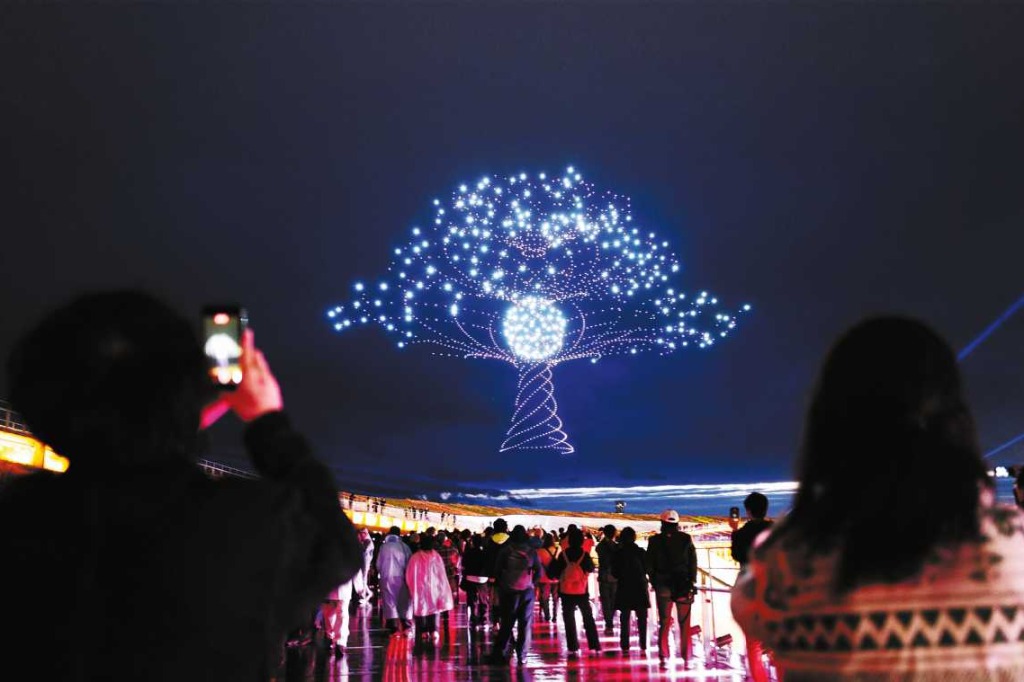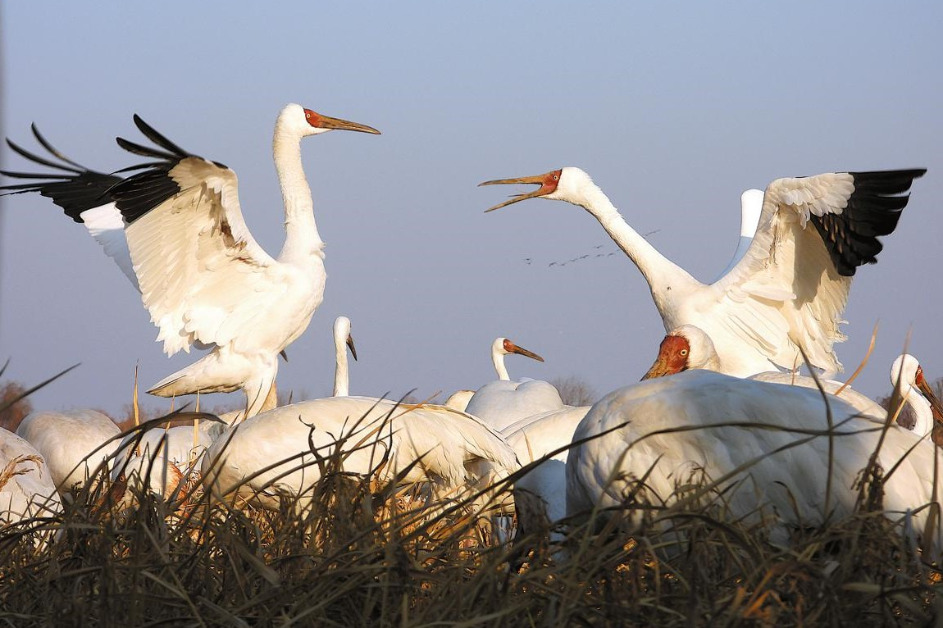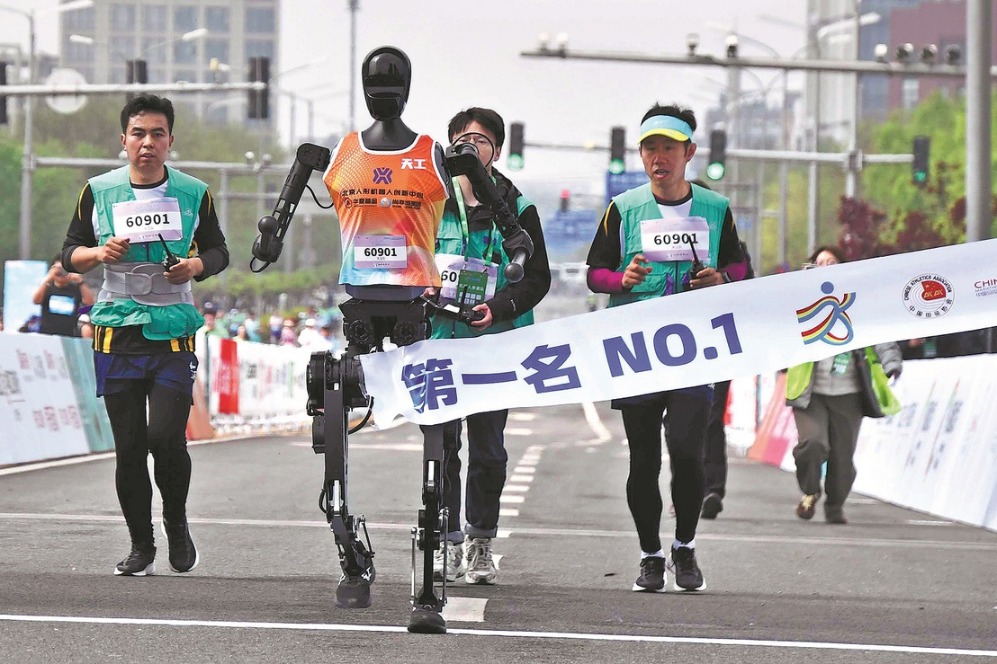Olympic preparations on track despite COVID-19 challenge


Sustainability highlighted
Facilitated by eco-friendly solutions and post-Games venue plans, Beijing's commitment to a green and sustainable approach toward organizing the 2022 Games has shed new light on the future of permanent Olympic projects.
As part of the plan, organizers have taken advantage of the 2008 Games' legacy to repurpose five venues in Beijing's downtown that were used for the Olympics, such as the iconic National Aquatics Center and the Wukesong Arena, to host competitions and ceremonies in 2022.
The aquatics center, built for swimming events in 2008 and known as the Water Cube, has been transformed into an "Ice Cube" for curling events following renovation work that will see the main pool filled with removable steel structures when ice is required. The venue is already hosting curling events, such as a national junior open in December.
"Thanks to the opportunity to host Winter Games' events, our business has benefited from the introduction of a new sport, and we have added a wider range of attractions to our portfolio," said Yang Qiyong, the venue's general manager.
Some newly built Beijing 2022 venues, featuring new technologies and incorporating post-Games plans, such as the National Speed Skating Oval, are setting an example for eco-friendly operations.
The oval, which will stage speedskating in 2022, is the first in the world of its scale to use carbon dioxide as a green refrigerant to make and maintain a 12,000-square-meter ice surface for speedskating, replacing the environmentally harmful substance Freon.
That progress is also being illustrated at Xiaohaituo Mountain in Beijing's Yanqing district, where two new venues-the National Alpine Skiing Center and the National Sliding Center-have taken shape with environmental protection and energy efficiency at the core of construction.
In 2022, the skiing center will host 11 Olympic disciplines, including the downhill and giant slalom competitions, while the sliding center will stage the bobsled, luge and skeleton events.
The skiing center's design features an efficient water recycling system, which will collect rainwater and store melted snow in two high-altitude reservoirs. The water will then be pumped up to snow-making machines along the slopes, where man-made snow is needed for course preparation during dry winters, according to the property's owner and constructor, Beijing Enterprises Group, aka BG.
The sliding center will be covered by a wooden roof along its entire length of 1.9 kilometers, providing an effective sunshade to reduce energy consumption and keep the track frozen.
"Our goal is to meet the requirements for hosting such sports to the highest standard, while ensuring that the construction and operations are as energy efficient as possible," said Li Changzhou, a deputy general construction manager for BG.
Ideas for developing these newly built venues beyond 2022 into national team training bases, outdoor tourism destinations and hosts of winter recreational activities have been highlighted in Beijing 2022's official sustainability plan, which was released in June.
"We said basically that a city should not adapt to the Games. Well, on the contrary, the Games have to adapt to a city or a region. And this is what we have done altogether in the context of Beijing," Dubi, from the IOC, said.























